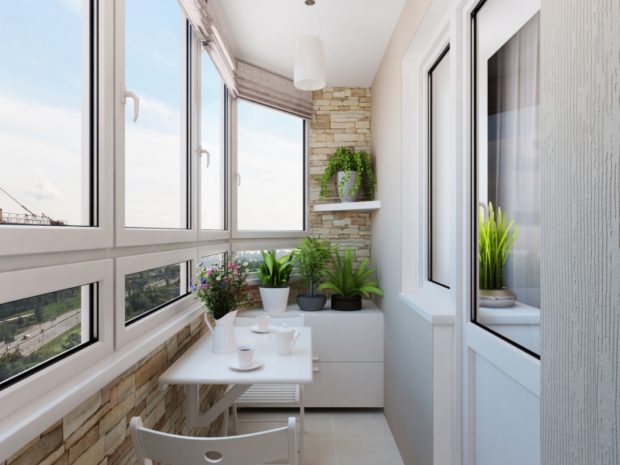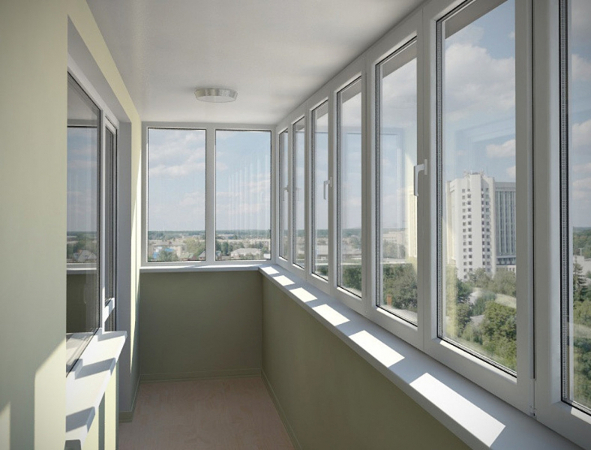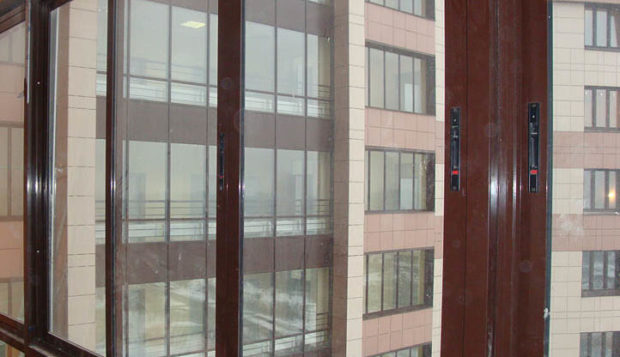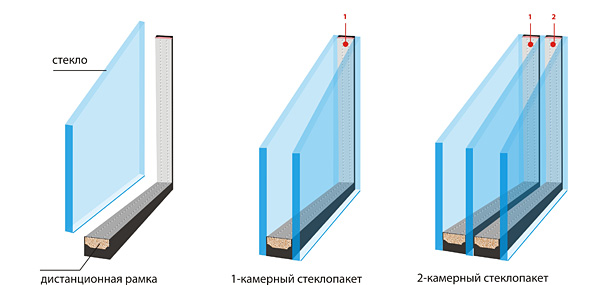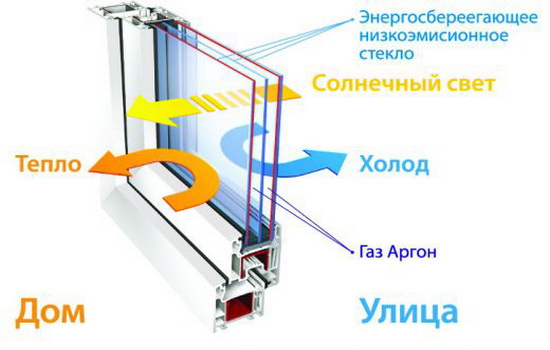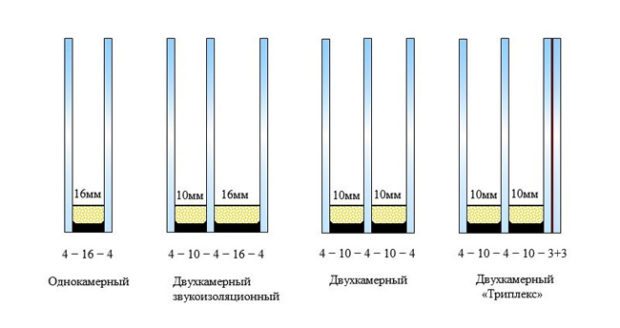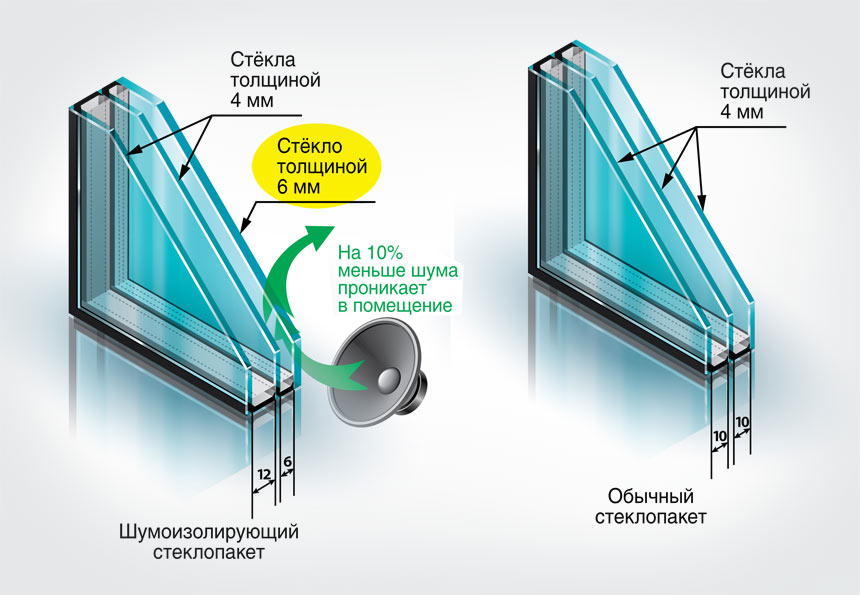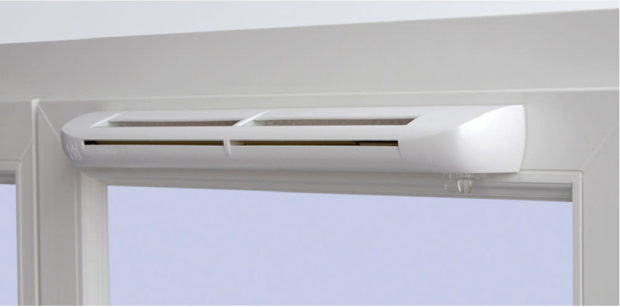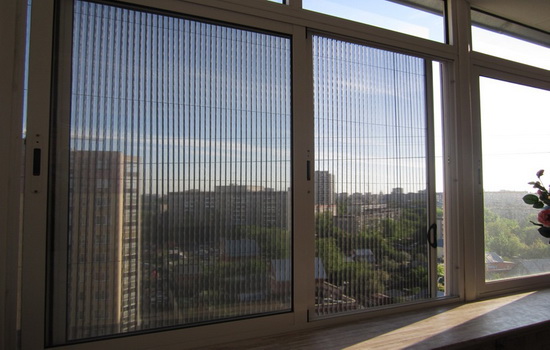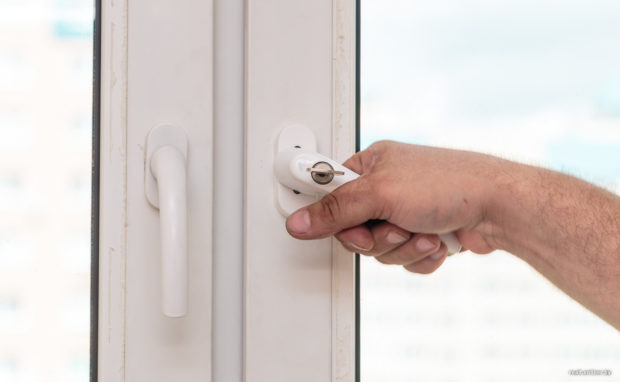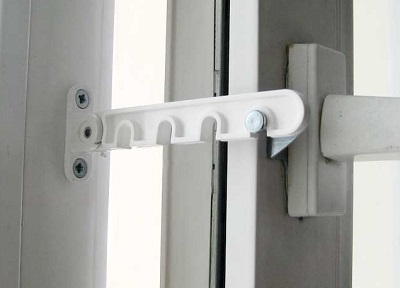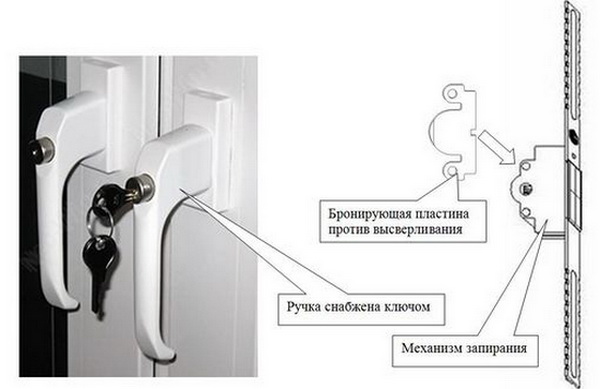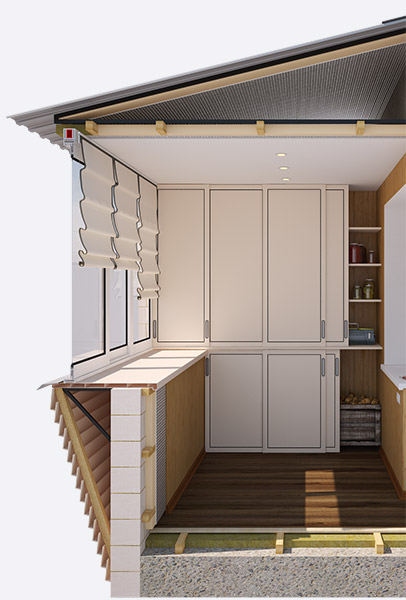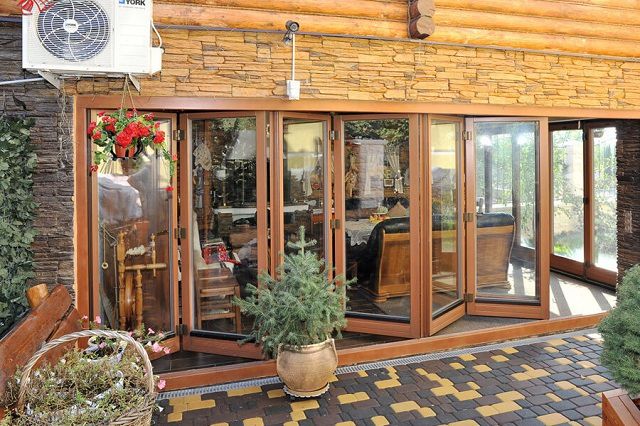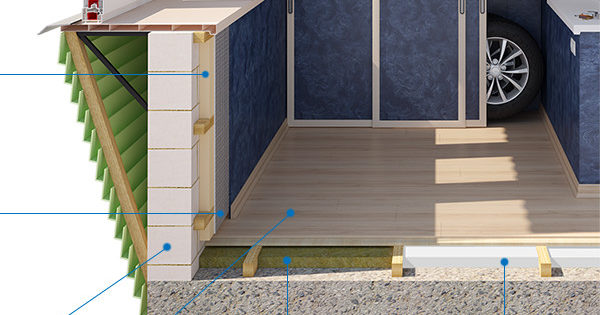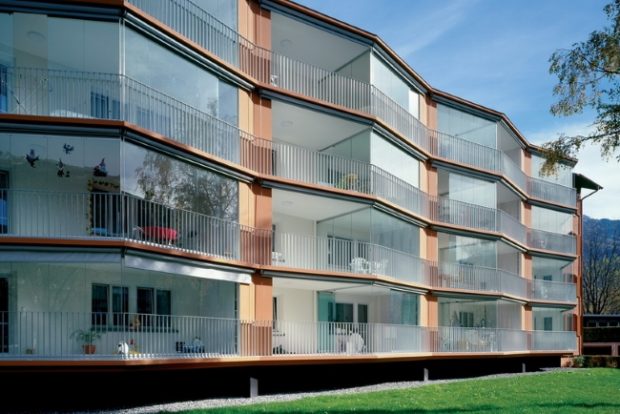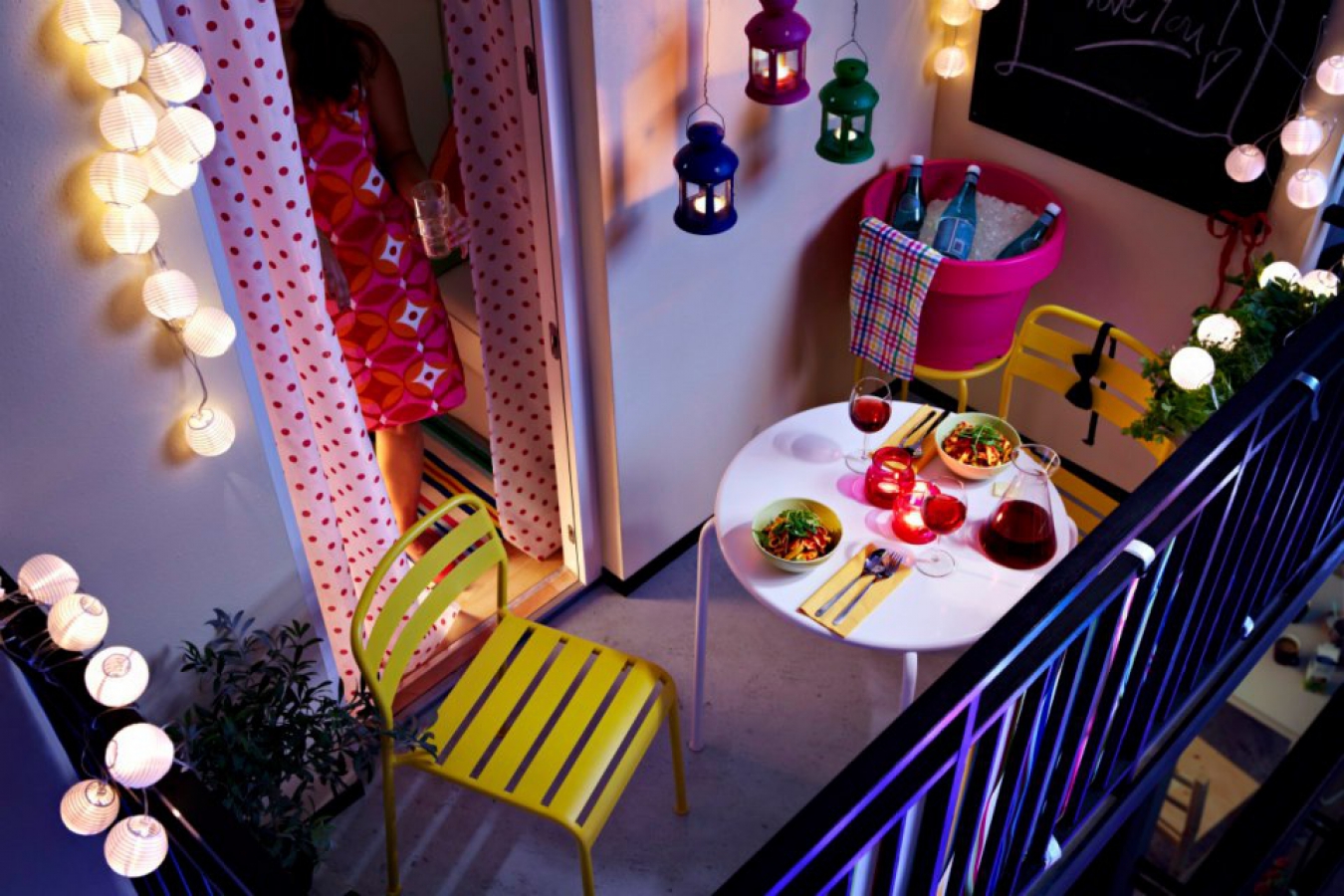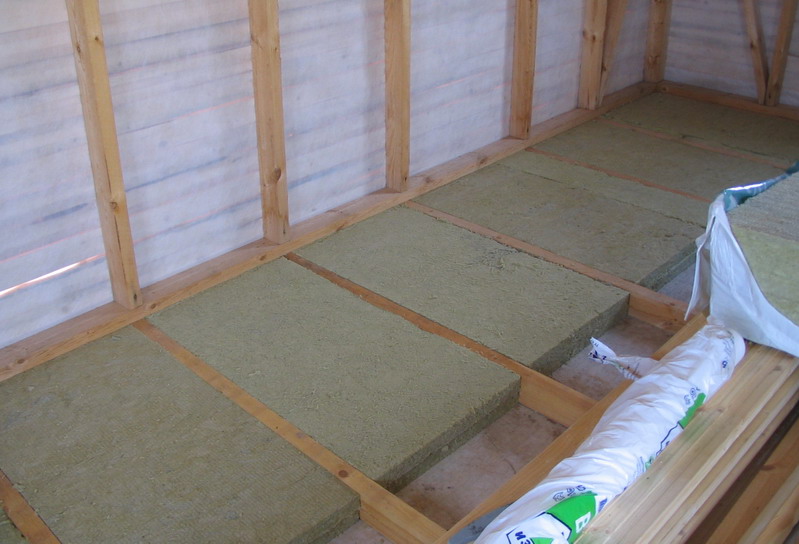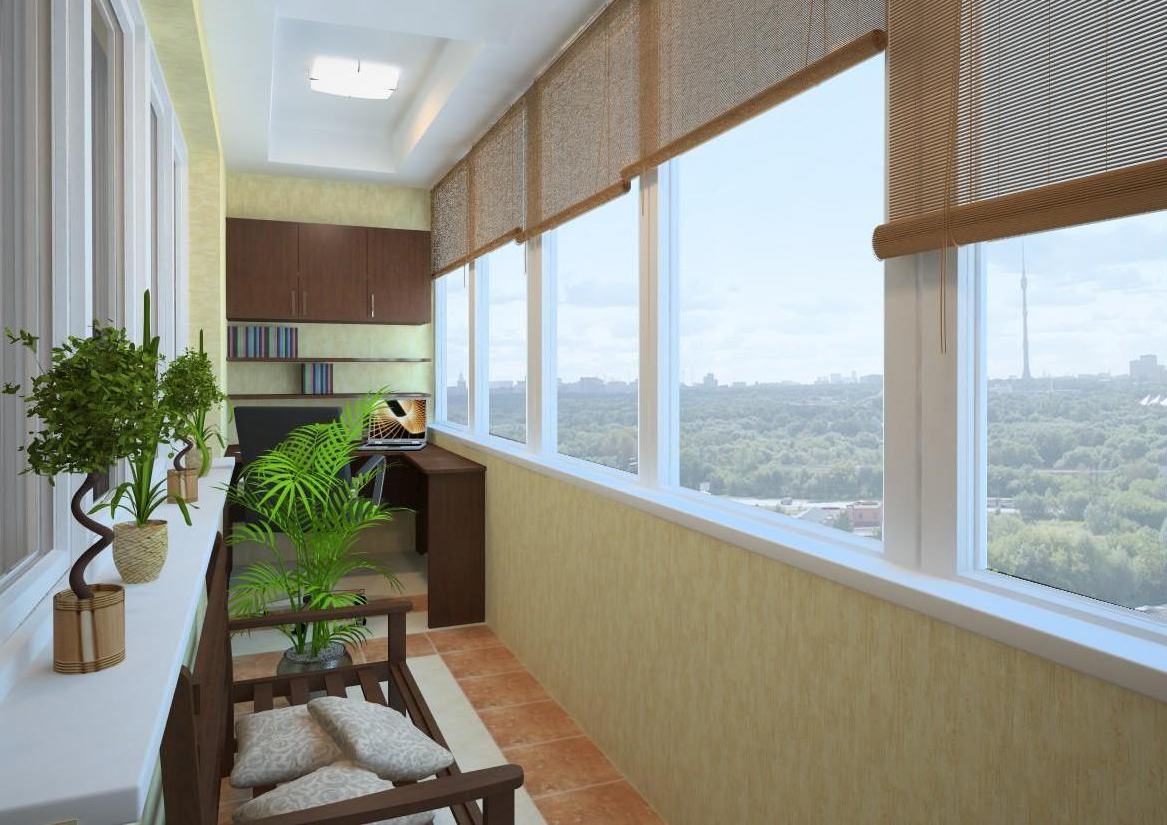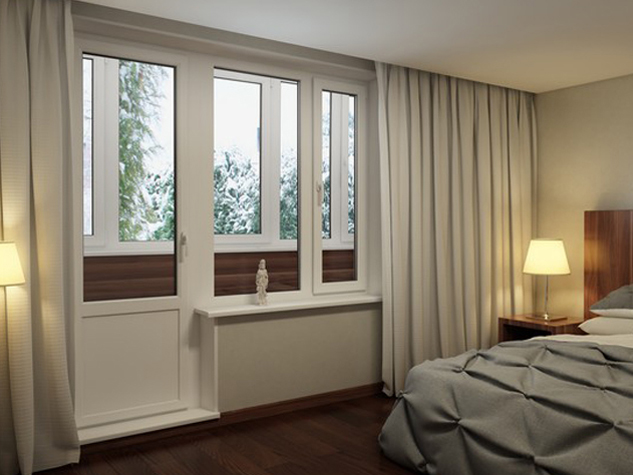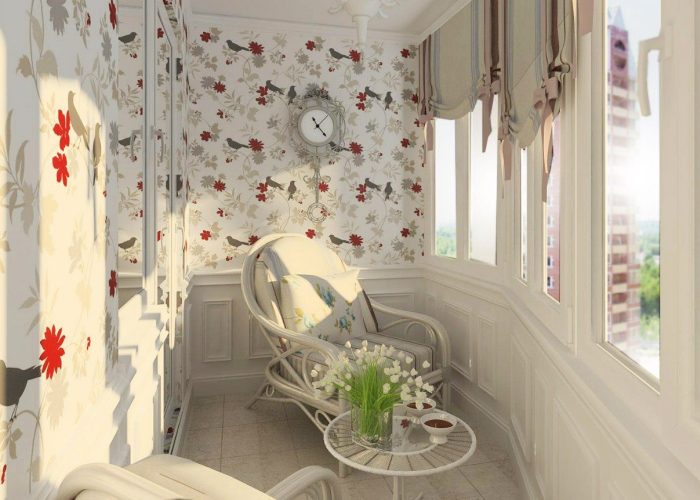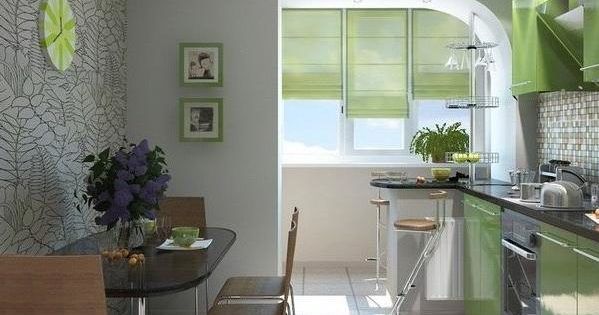8 tips for organizing warm glazing of balconies and loggias
The apartments of most of us, alas, do not differ in the desired spaciousness, so people are very sophisticated in order to make the living space at least a little larger. The most popular and effective way is to “capture” the balcony, because it can be turned into an office, a greenhouse or made a continuation of the living room. how use extra space, everyone decides for himself, but at the first stage, without exception, everyone will need to turn a regular balcony into a warm one. That means you have to spend warming measures, but it’s impossible to limit it only - it’s equally important to organize a warm glazing of the balcony or loggia. Which profile and double-glazed window is better to choose for this? What should be the opening system? We deal with all the nuances so that in a year or two we do not have to redo everything.
No. 1. What is warm glazing?
First of all, we note that the technical term “warm glazing” does not exist, which means that there can be no standardized values for it. But, despite this, this concept is widely used by the people and it means that when converting a balcony or loggia into a living space, it is necessary to achieve such thermal insulation indicators that are accepted for the building envelope.
To make the balcony as warm as in the apartment, it is necessary to carry out floor insulation, walls and ceiling of the balcony. Since a significant part of any balcony is occupied by translucent structures, they should be as airtight as possible, have high rates of thermal insulation. All these measures are aimed at preventing cold from entering the room and not releasing the accumulated heat. Where will the heat come from on the loggia or balcony? You can use electric heaters or electric underfloor heating. If there is no wall between the balcony and the adjacent room, the heat will be quietly transferred from the apartment.
Warm glazing may be needed in the following cases:
- when it is necessary to organize additional living space on the balcony, for example, an office, a recreation area, a workshop, a small gym, greenhouse etc.;
- when the balcony is combined with an adjacent room to increase its area. Often, living rooms, kitchens and bedrooms are expanded in a similar way;
- when it is necessary to insulate the room adjacent to the balcony.
An alternative to warm glazing is the so-called cold. It is made of lightweight structures that protect the balcony from rain, dust, gusts of wind, but are not able to become an obstacle to cold and noise. In winter, a cold glazed balcony cannot be used as a living room.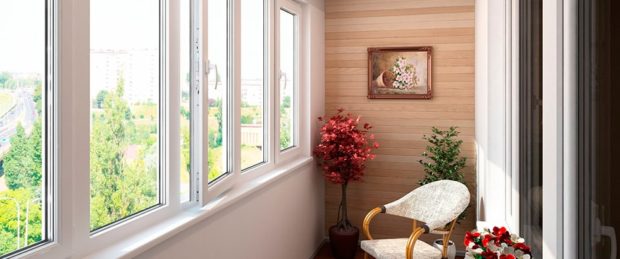
No. 2. Pros and cons of warm glazing balconies
If it will be warm on the balcony even in winter, like in an apartment, then what disadvantages can you talk about? Even glazing has disadvantages, but they overlap with its advantages. Let's start with them.
Benefits of warm glazing:
- increase in living space. Actually, for the sake of this, the balcony is insulated with the installation of sealed double-glazed windows.Thanks to the glazing, the balcony becomes a full warm continuation of the apartment, and how to dispose of this area, everyone will figure it out for himself;
- sound insulation improvement. Modern double-glazed windows used in warm glazing have excellent sound insulation indicators, so that on the balcony and in the apartment it will become much quieter;
- sealed glazing system will become a reliable barrier for drafts, winds, dampness, sun;
- after warming and installing glazing, the interior of the balcony can be finish as you likehang jalousie or curtains - everything, as in an ordinary room;
- durability. Warm glazing systems last at least 30 years, unless, of course, reliable materials have been used. Before ordering, check with the manufacturer which profiles and double-glazed windows he uses - the lifetime of the whole structure depends on this. The company "German Windows", for example, carries out glazing of balconies in Krasnodar and the region, using only high-quality profiles and double-glazed windows from well-known manufacturers. Confirmation of quality - a two-year warranty on installation and a 40-year warranty on the profile. Due to the large volumes of production, the company receives a decent discount from suppliers, which allows it to offer customers the best prices in the region.

Have warm glazing and minuses:
- high construction weight, since a multi-chamber profile and a double-glazed window with two or three glasses are used. Not every balcony can withstand such a load, so in some cases it will be necessary to reinforce the parapet and balcony slab. Very old and flimsy balconies may not be suitable for insulation and glazing. The condition should be evaluated by a specialist who will issue a verdict and, if necessary, advise a set of preparatory measures;
- massive warm glazing design consumes a significant amount of usable spacebut it is necessary to approach this sacrifice philosophically - nevertheless due to such glazing we gain more space than we give;
- light reduction, the fault is still the same massive structure. In the room adjacent to the balcony or the loggia, the natural light will become noticeably lower;
- high price due to the complexity of the system and the nuances of installation. Warm glazing is more expensive than cold, and this is normal. If you take into account that you get additional living space, and the durability of the structure reaches tens of years, then the investments do not seem so serious. As a warning, we note that it is better not to agree to options that are too cheap. As a result, it turns out that either the price in the final will be higher than stated immediately, or poor-quality profiles and double-glazed windows from unknown manufacturers will be used, which are not able to retain heat and will soon need to be replaced.
As you can see, the disadvantages are not so significant compared to the pluses, but if you just want to protect the territory of your balcony and protect it from winds, precipitation and dirt, then choose a lighter and cheaper cold glazing. There is an option with frameless glazing, which takes up a minimum of space, does not interfere with the passage of sunlight and looks very impressive.
No. 3. Warm Glazing Options
For the organization of warm glazing, systems with the following types of profile are used:
- plastic (PVC) - the most popular, affordable and versatile option;
- the wooden profile in terms of heat and noise insulation is about the same as the plastic one, but differs in its chic appearance and environmental friendliness, and you will have to pay extra for this;
- Warm aluminum is used a little less often, although plastic and wood are bypassed in some operational qualities.
Differences may lie even in the characteristics of the double-glazed unit and in the system of opening the shutters. In addition, you can make the system more functional with various kinds of accessories.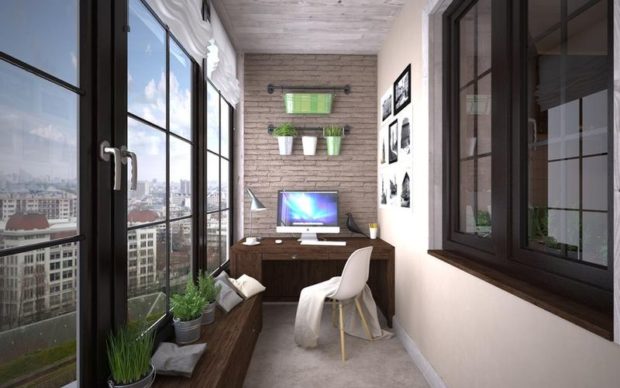
Number 4. Type of profile for warm glazing of a balcony
Plastic profile
In most cases, for warm glazing is selected plastic profile. It is made of polyvinyl chloride (PVC) and reinforced with steel with a thickness of at least 1.4 mm so that the structure is strong enough. Inside the profile there are partitions that divide it into chambers: some of them serve to install fittings, some are filled with reinforcing material, some remain hollow. The more cameras in the profile, the warmer, quieter and more reliable it will be. Choose a class A profile with an outer wall thickness of at least 2.8 mm - only this one can make the balcony really warm.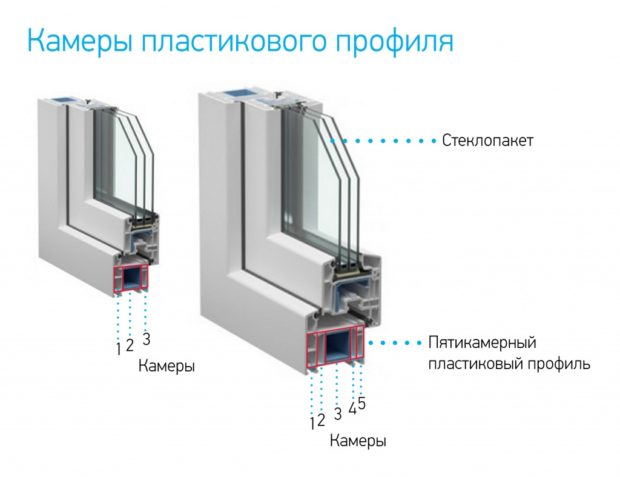
Benefits plastic profile:
- affordable cost, especially when compared with a wooden counterpart;
- excellent tightness, heat and sound insulation;
- resistance to temperature changes, winds, precipitation, so that such a profile can be used in any region;
- fire safety. A plastic profile does not apply to flammable materials, but even if a fire has occurred, its self-extinguishing properties will prevent the spread of fire;
- aesthetic appearance. The simplest white glossy profile looks quite good, fits well with most modern balconies, but if necessary, you can order a color profile or imitate any kind of wood. Lamination occurs directly at the factory and does not affect the performance of the profile. There are ways to do lamination with your own hands after installing the glazing;
- relatively simple installation;
- safety for humans - no toxic fumes;
- ease of care.

Minuses:
- a plastic profile designed for warm glazing has considerable weight, so in the case of weak balcony slabs, such a solution may not be possible;
- non-repairability. If a scratch forms on the profile, then it will be impossible to eliminate it;
- increased electrostaticity of plastic contributes to the accumulation of dust on its surface, so cleaning will have to be carried out more often than in the case of a different type of profile
Wood profile
Wood profile often used when it is planned to combine a balcony or a loggia with an adjacent room, made in a certain style. For classic interiorFor example, a plastic profile is clearly not suitable. Inappropriate, it will look in styles country and eco. If the tree plays the dominant role in the decoration and furnishing of the room, then it is better to opt for a wooden profile.
For the manufacture of wooden frames usually use larch, pine or oak. If previously used solid wood, then for the manufacture of modern wooden profile using a three-layer structure. The planks of wood are arranged so that the fibers of adjacent layers are in different directions. The connection is made with eco-friendly waterproof adhesives, so that in the end a system is obtained that outperforms solid wood in terms of strength and stiffness and does not react so much to temperature changes.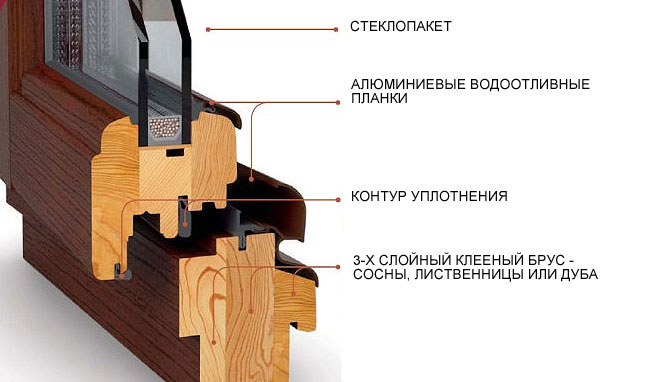
pros:
- luxurious appearance of a wooden profile;
- environmental friendliness and naturalness;
- excellent indicators of heat, sound insulation and tightness. According to studies, with the same thickness, a wooden profile is warmer than a plastic one. The difference is insignificant, but still there is;
- Scratches, bumps, cracks and other damage can be easily masked, and outwardly the profile will remain all the same perfect as soon as after installation.
Minuses:
- high price. Glazing with a wooden profile will cost the customer about 50-80% more expensive than with a plastic profile;
- wood is moody material. The fact that the frame consists of glued timber, which is being processed protective substances, allows you to increase resistance to negative environmental influences, but if the processing was carried out with violations of technology, the frame may soon swell, and you will have to completely change the glazing;
- decent construction weight;
- fear of fire.
There are wooden frames that are equipped with an aluminum trim on the outside, it reinforces the frame and protects the wood.
Warm aluminum
Aluminum profile commonly used to create cold glazing. Previously, such systems could only be installed in non-residential premises, but recently a warm aluminum profile has appeared. It consists of two aluminum chambers, between which there is a polyamide 1.5-4.5 cm thick. It plays the role of a heat insulator. In production, it is tightly connected to each of the profiles due to the presence of ridges. Aluminum profiles do not touch each other, due to which thermal insulation is provided. To make the profile even warmer, there may be several air chambers in the polyamide layer. The thermal break can be of different thicknesses, the choice depends on the climate, but for most regions of the country the minimum is 2.5 cm.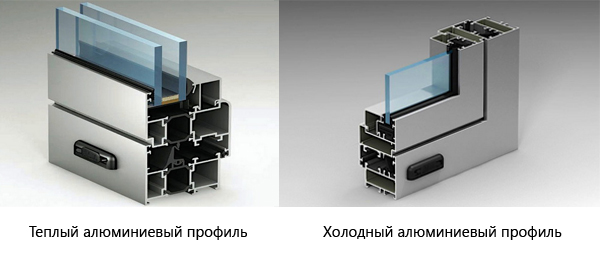
TO the benefits We will attribute such a decision:
- light weight. A warm aluminum profile loads the balcony much less than PVC or wood, so in some cases this is the only option to perform warm glazing;
- strength. The aluminum profile will withstand the weight of any glass unit and other loads associated with the operation of the glazing;
- good indicators of heat and sound insulation, which are close to the characteristics of plastic windows;
- fire resistance;
- resistance to various kinds of negative weather influences: sun rays, precipitation, temperature difference will not destroy the profile;
- longevity, which reaches 70-80 years;
- the plasticity of the metal and the polymer insert allows you to make windows of almost any shape, so if you have a bold design decision, it can be realized with an aluminum profile;
- security;
- simplicity in leaving and maintainability;
- aesthetics. Not so long ago, this item would have been bewildering, because the aluminum frames were boring, monotonous and clearly not suitable for living space. Now, manufacturers have learned to cover the profile with powder paint, use anodizing, mount decorative overlays, for example from wood, and finally get a pretty nice system.
Minus only one:
- high price but, in fact, we pay for higher durability and other benefits.

No. 5. Glass unit specifications
A profile is an important part of glazing, but a large part is occupied by a double-glazed window, so it is worth considering its choice with even greater care. Modern double-glazed window consists of several glasses, which are united by a distance frame. Indices of heat and sound insulation depend on the number and type of glasses, the type of filling of the chambers, the distance between the glasses and other parameters.
Practice shows that in most cases, two-chamber conventional or single-chamber energy-saving double-glazed windows are suitable for a balcony. In order for the window company not to deceive you and not to impose excess, you must be aware of the issue of the assortment of double-glazed windows:
- the main parameter is the number of cameras. Do not confuse with cameras in a plastic profile! If there are two glasses, then one camera is formed between them, if three - two cameras, etc. Air is an excellent heat insulator, and the more air chambers, the better the glass unit retains heat. The heat transfer resistance of a single-chamber double-glazed window is 0.3 m2K / W, two-chamber - 0.5 m2K / W, and three-chamber - 0.7 m2K / W However, the more cameras, the heavier the structure, and we are dealing with a balcony that cannot be overloaded. Therefore, the maximum in most cases is a two-chamber double-glazed window. You can take single chamber with low emission glass - it has the same thermal insulation properties as a two-chamber one, it weighs less, but costs more;

- type of glass. The easiest option is the usual float glass 4-6 mm thick, with a thicker version intended for installation in noisy areas. there is specially coated glassthat reflects heat rays. It turns out that in the summer such a double-glazed window reflects the sun's rays, preventing overheating, and in winter does not allow heat to leave the apartment. Low-emission in a double-glazed window is only one glass. Thanks to this technology the heat transfer resistance of a single-chamber double-glazed window can be increased to 0.56 m2K / W. What you need for a balcony! When it comes to warm glazing, thermal insulation properties come first, but do not forget that with the help of a properly selected double-glazed window, other problems can be solved. So, for example, for noisy areas soundproof double-glazed windows (made on the basis of triplex glass and a special film), for southern balconies - sun glassesthat reflect part of the rays. Also have shockproof and fireproof double-glazed windows, and the top of progress is dirt-repellent double-glazed windows, as well as heated double-glazed windows;

- distance between glasses. The smaller it is, the more compact the glazing will be, and this is beneficial for us - the balcony is not rubber. On the other hand, the larger the air chambers, the better will be the noise-insulating qualities of the glass unit. If the balcony opens onto a busy street, it is better to take a two-chamber double-glazed window with different thicknesses of cameras. Glasses of different thicknesses work well in the direction of sound insulation - all these are obstacles to noise;

- double-glazed cameras can be filled air, but the design will be much warmer if argon is used. It is it that is used in low-emission i-glasses.

Double-glazed windows are often indicated by formulas of the type 6M1-10-4M1-8Ar-4I, which means that you have a two-chamber double-glazed window with different glass thicknesses (6, 4 and 4 mm), one of the glasses is low-emission, one chamber is filled with argon. Before choosing, evaluate the region’s climate, your own requirements, the region’s features, as well as the heat transfer resistance of various structures, and only then make an order.
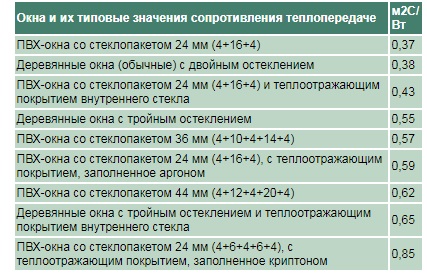
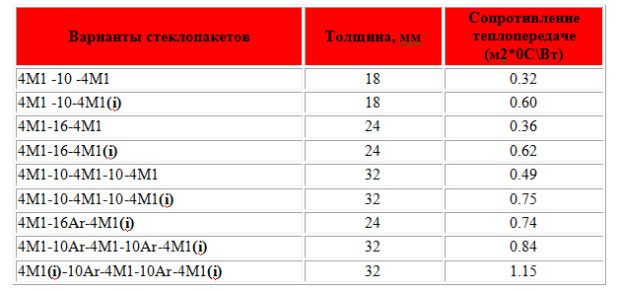
No. 6. Type of opening
Warm glazing cannot be frameless, i.e. it will consist of several wings. As a rule, part of these valves remains deaf - such a design is cheaper. Several flaps should be opening, otherwise there will simply be a greenhouse on the balcony. The opening mechanism may be different:
- swing leaf - The easiest option, allowing you to fully open the sash, letting in maximum air. In addition, the sash can be washed on both sides, and even reach the neighboring deaf to get them in order. Minus - the inability to only slightly open the window for ventilation, but for this purpose you can use special combs that allow you to fix the sash at a certain angle;
- flap fixed, can recline at a certain angle inside the room. With its help, you can ventilate, but in terms of glass care, this design is quite complicated;
- swing-out design It costs more, but at the same time it is as functional as possible;
- transom - this is something like the good old window leaves, while only the upper part of the leaf is reclined, the lower part remains deaf.
Sliding windows and warm glazing are incompatible things.

Number 7. Accessories for balcony glazing
A properly selected glazing system will be not only warm, but also as functional as possible. You can equip the design with the help of such accessories:
- ventilation valve can be installed on the upper part of one of the wings, allowing to provide an influx of fresh air, but protect the apartment from drafts, dust and noise;

- mosquito net Mandatory for those wings that will open, otherwise you can go crazy, fighting off hordes of mosquitoes, flies and other insects;

- lock handles and children's restraints will become an obstacle for a curious baby. He will be able to admire the view from the window, but the tragic consequences will be avoided;

- comb limiter already been mentioned. If you decide to save money and take the sash with only one swing open mechanism, it is better to immediately order a comb;

- if the balcony is located on the ground or top floor, in the criminal area, it is better to take care of the installation in advance burglarproof hardware. This is a whole system aimed at protecting the balcony from any actions of intruders - hacking, the use of brute force, etc.

Number 8. Remote warm glazing
If the balcony is very small, then you can go for one trick - to install the glazing system not at the parapet level, but behind it. The extension can be from 15 to 35 cm, sometimes they make an extension of up to 50 cm, but crossing this line is not safe. Installation of such a system, like all calculations, should be performed only by professionals.
Benefits remote glazing:
- the useful area of the balcony increases;
- on a wide windowsill you can organize bar counter, a place for flowers, under the windowsill, you can embed a storage system;
- aesthetics. The casing allows you to hide all the auxiliary fasteners, and such an enlarged balcony will not be evident from the street, and everything will look great from the inside. External glazing is mounted using brackets to the metal base of the balcony or using anchor bolts on a concrete parapet.

Main minus - This is an increase in the load on the parapet, and in the case of using heavy plastic systems, this minus can become critical. In this case, it is very important to make a competent calculation and draw up a project. In addition, housing services are ambivalent about such a conversion of the balcony and may even prohibit external glazing. Problems may arise with the BTI - they will have to coordinate the removal of more than 30 cm. So if you want to significantly increase the balcony, you can’t do without permission. If the balcony goes into the total area of the apartment, then such an action can be considered as an unauthorized increase in its area. If the area of the balcony is not taken into account when calculating the total area of the balcony, the BTI can still refuse due to damage to the architectural appearance of the building.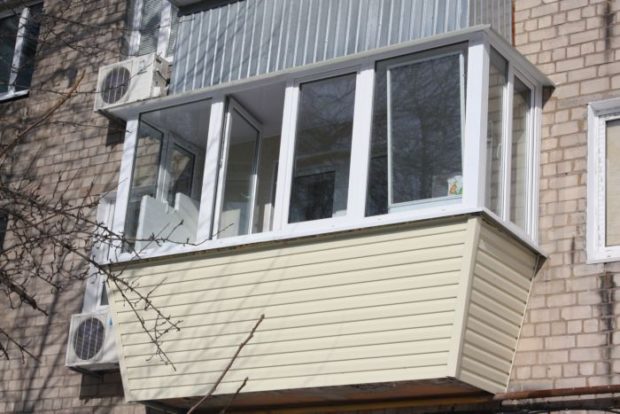
In conclusion, we note that when warming and glazing the balcony, it is important to think not only about how all this will look from the inside, but also about whether the appearance of the house will deteriorate. Alas, few people think about the latter.

